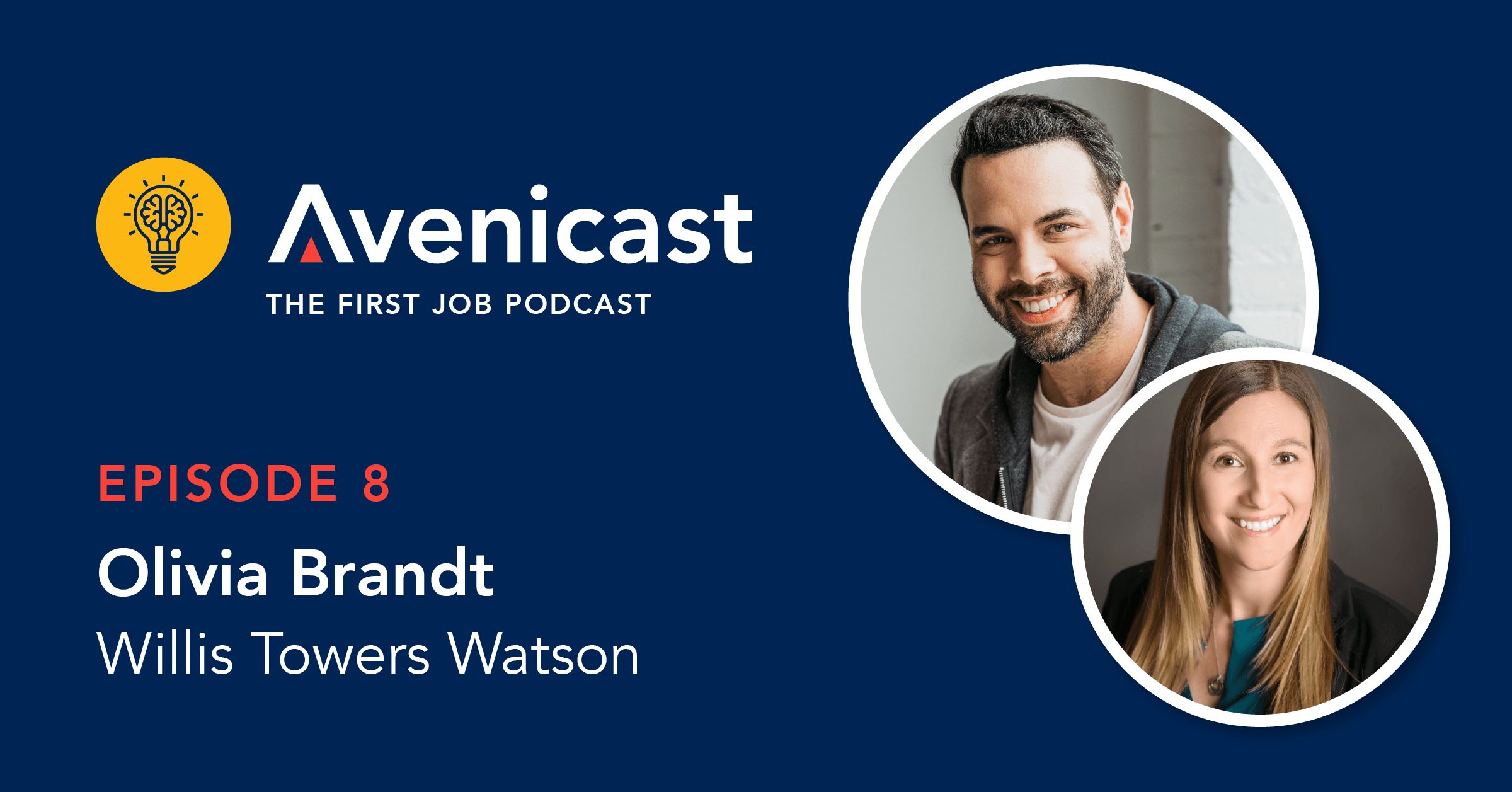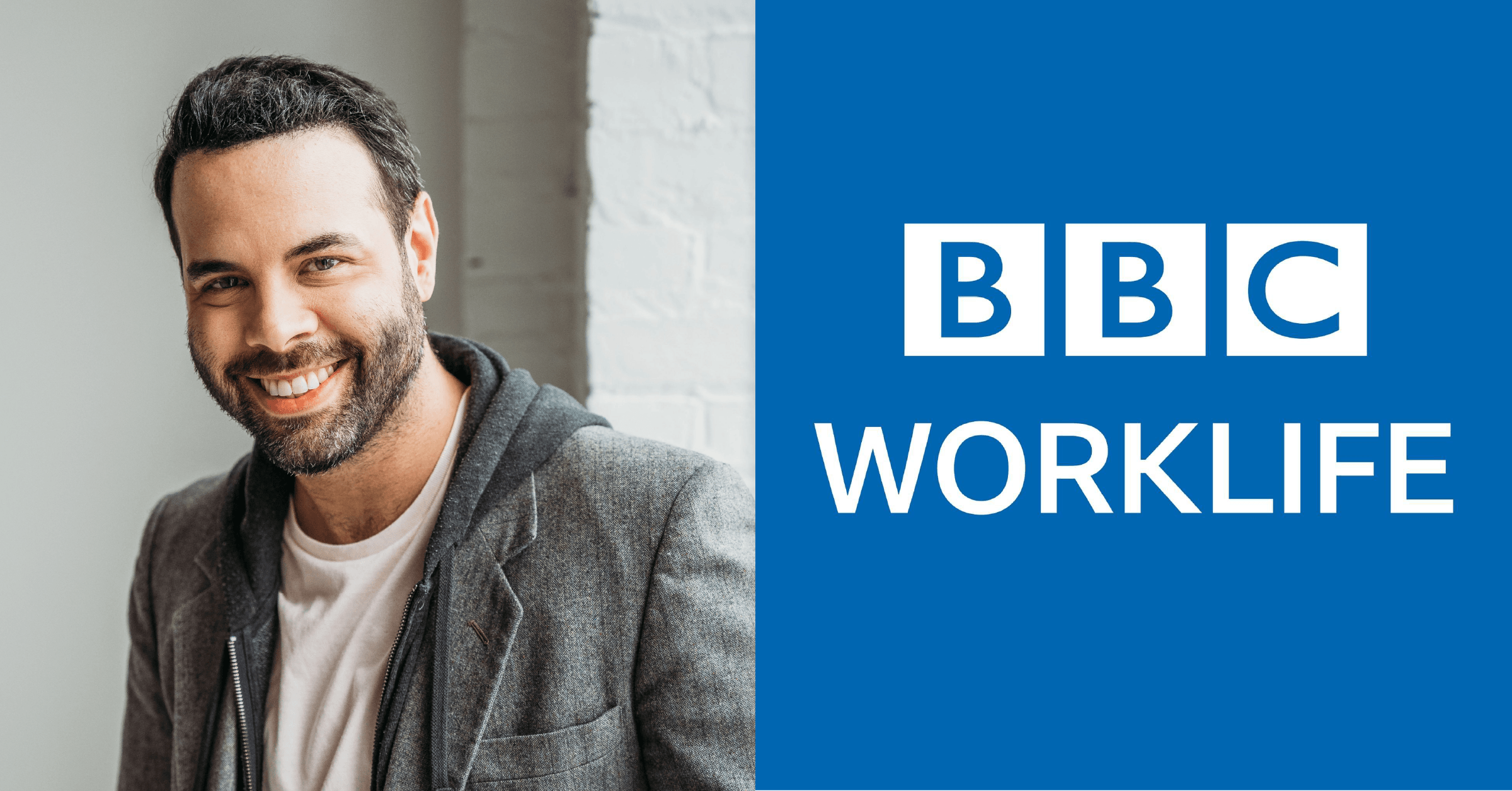
Benefits that come with a job can be overwhelming, or even underwhelming when accepting your first role. Every employer is different, but we asked our benefits experts at Avenica to answer some of our FAQs.
Frequently Asked Questions About Benefits That Come With A Job
What is a co-pay?
A co-pay is a set amount you pay upfront for certain services or prescriptions. Co-pays apply toward meeting your out-of-pocket maximum, but not your deductible.
What is deductible?
A deductible is the amount your pay each year before your insurance starts to pay. If you have a $1,000 deductible you would need to spend $1,000 on medical care before your insurance begins to cover it.
How much comes out of my paycheck?
Typically, what comes out of your paycheck via payroll deduction is your premium cost. The actual amount of your premium will vary based on the plan, the carrier, the employer cost-share, and other factors. Most times these payroll deductions are made on a pre-tax basis, so you’re paying for them before any federal, state, or other taxes are deducted from your paycheck.
How much is “normal” to pay for benefits?
There’s not really a “normal” amount to pay for benefits. Premium costs are determined for each plan using a variety of factors and can vary widely. Costs may be determined using state and federal guidelines, member experience ratings, location, and costs of service providers, in addition to other factors.
To understand the overall cost of your insurance you can consider: how much you’ll pay for premiums, how much you’d have to pay to meet a deductible, and what a normal office visit or prescription might cost. These will help you decide which coverages might be best for you and your personal health needs.
Costs are also often offset by employer contributions — generally, employers don’t fully cover benefits for employees but do offer some cost-sharing. This means both you and your employer pay a portion of your health insurance premiums. It’s a nice benefit if the employer’s share of the cost is higher than the employee’s share!
What should I look for in a benefits plan when I am accepting a role?
Employers attract talent partially through the job and the compensation offered, but also through the benefits package – which typically includes medical, dental, vision, retirement, and other benefits or perks, such as life insurance, short and long-term disability insurance, or pet insurance. You might not need (or want) them all, but it’s nice to know what an employer is offering. It can be found in your official job offer or a question you ask the hiring manager during the interview process.
For medical insurance specifically, you might be interested in a low-cost, super basic health plan or you might be interested in a more comprehensive benefits plan for those “just-in-case” moments.
If you had healthcare needs that would require you to use your coverage more often (frequent prescription refills, regular office visits, etc.), then you’ll really want to pay attention to the out-of-pocket costs and deductible – you may be inclined to choose the plan that has a lower deductible or has a co-pay structure, rather than say, a High Deductible Health Plan.
Can I change my benefits or am I stuck?
Once you pick your benefits for the first time, you’re generally locked in for the duration of the plan year. There are some exceptions to when you can make benefit plan changes – these are called Qualifying Life Events (QLE’s). Examples of a QLE might be: losing coverage on a parent’s plan, getting married, getting divorced, having a baby, or gaining coverage through a new job. There are others, too, but these are standard life events that employees may experience throughout the course of a year that allows you to make corresponding mid-year benefit changes.
Outside of QLE’s, you generally have to wait until Open Enrollment – an annual period of time when plans are renewed, and employees are asked to re-evaluate and make changes for the next benefit plan year. Again, you’re locked into those elections than for the full plan year unless you experience a QLE and can make a mid-year change!
How much will I actually pay the doctor?
It depends on your plan and what you’re seeing the doctor for. Typically, preventive care visits (your annual physical or wellness exam) are covered at 100% – zero cost to you. If you’re referred for other tests and bloodwork, those elements of your visit may not be covered at 100% – you might have to pay out of pocket. If you have a plan that offers a co-pay, then you typically pay the corresponding co-pay for that visit. If you have a co-insurance plan, then you typically pay the full cost of the visit or procedure. It really depends on what’s covered / what’s not covered under your plan and how things are coded by the medical provider. Reading the fine print is important.
Who can answer questions for me about my insurance?
Your health insurance carrier is a great resource if you want to talk about what’s covered or what’s not, and your HR department might be able to provide more detail as well. If you have benefits questions, ask the front desk for guidance on how to find out what’s covered.
What is co-insurance?
Co-insurance applies after your deductible is met – it’s your share of the costs of a covered health care service. For example, if you met your deductible, and your insurance plan pays 70% after the deductible is met, you pay 30% of health care costs between when your deductible is met and until your out-of-pocket maximum is met. The cost-share of the insurance plan’s responsibility and your responsibility is co-insurance.
What is an out-of-pocket maximum?
It’s the most you will pay for health care services covered by your insurance in a plan year. Once you reach your out-of-pocket maximum, your insurance pays 100% of any additional covered charges for the rest of the year.
What is preventive care?
Preventive care helps detect or prevent serious diseases and medical problems before they become major. This is different from diagnostic care, which is when your provider is looking for something specific to diagnose, often because of symptoms or based on results of a preventive test or screening.
Can I stay on my parent’s? Can I join my partner’s? Can I be on more than one plan?
Covered dependents can remain on a parent’s plan until the age of 26, which is when individuals typically age out of their parent’s plans and must seek coverage as an individual or join another plan.
You may join a spouse’s plan if you are legally married, and their plans allow for spousal coverage. You may be able to join a partner’s plan as a domestic partner — but this depends on the plan’s eligibility criteria. Each plan is unique, so I’d recommend always reviewing the plan documents or asking a trusted source like your carrier or the HR department for benefits questions.
While you can be on more than one plan, it’s uncommon. In instances where you are covered twice, the two plans work under what’s called “coordination of benefits.” This is where one plan pays as primary and the other pays as secondary. The pros and cons to this largely depend on the plans themselves, how they determine the coordination of benefits, and the costs to hold both plans.
Who can I include in my plan?
You can enroll qualified dependents onto your medical, dental, and vision plans. This could be your legally married spouse (or domestic partner, if eligible under the plan) and children.
If you’re looking for information on how to kickstart your career, contact Avenica or browse jobs today! We help our entry-level job seekers find positions that fit their expertise and career goals.














